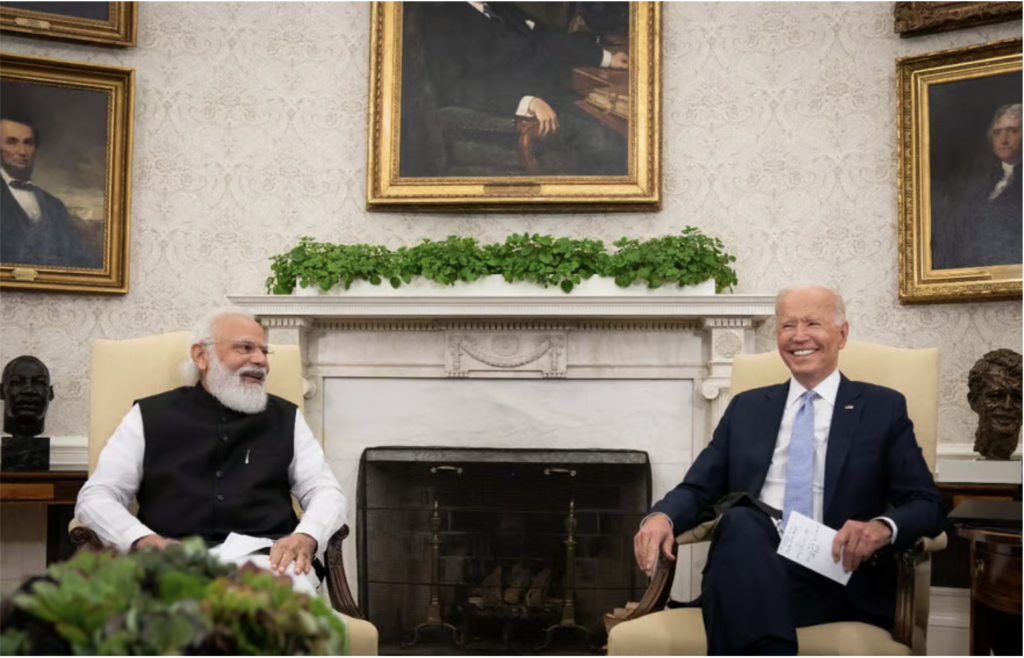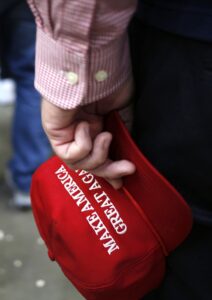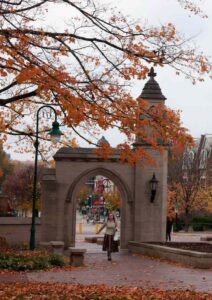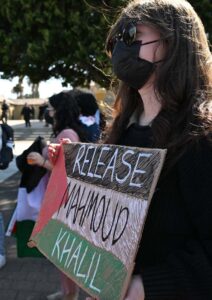June 21, 2023
Modi’s Visit to the US Whitewashes India’s Far-Right Violence
By Peter Lucas
Young Indian-Americans—and Americans at large—cannot ignore President Biden’s tacit endorsement of repression, authoritarianism, and religious intolerance.

Narendra Modi, India’s prime minister, and US President Joe Biden meet in the Oval Office of the White House in September 2021. (Sarahbeth Many / Getty)
On Tuesday, Indian Prime Minister Narendra Modi arrived in New York ahead of his first official state visit to the United States in almost a decade. The trip will include a dinner with President Joe Biden, a congressional address, and an invitation-only event to speak to the Indian-American diaspora.
Leading up to the visit, President Biden praised Modi enthusiastically, telling the PM that he was “too popular” and “demonstrating that democracies matter.” The statement is ironic: Ever since Modi took power in 2014 as the leader of the Hindu nationalist Bharatiya Janata Party (BJP), India has experienced what is widely described as democratic backsliding, characterized by anti-minority and caste-based violence along with brutal crackdowns on dissent.
Biden is not the only one warmly welcoming the Indian PM; thousands of Indian-Americans are expected to come to Washington, D.C., for the PM’s arrival. The Indian’s presence in the US is anything but apolitical, and most Indian-Americans are supportive of Modi and the BJP. Despite its pluralistic origins, the Indian-American population in the US consists disproportionately of a highly self-selected group: When immigration skyrocketed after the tech boom of the 1990s, the hegemonic majority came from education and caste-privileged Hindu backgrounds. Today, Indian-Americans are one of the fastest-growing and highest-earning ethnic groups in the US, helping to influence the affairs of the world’s most populous country.


